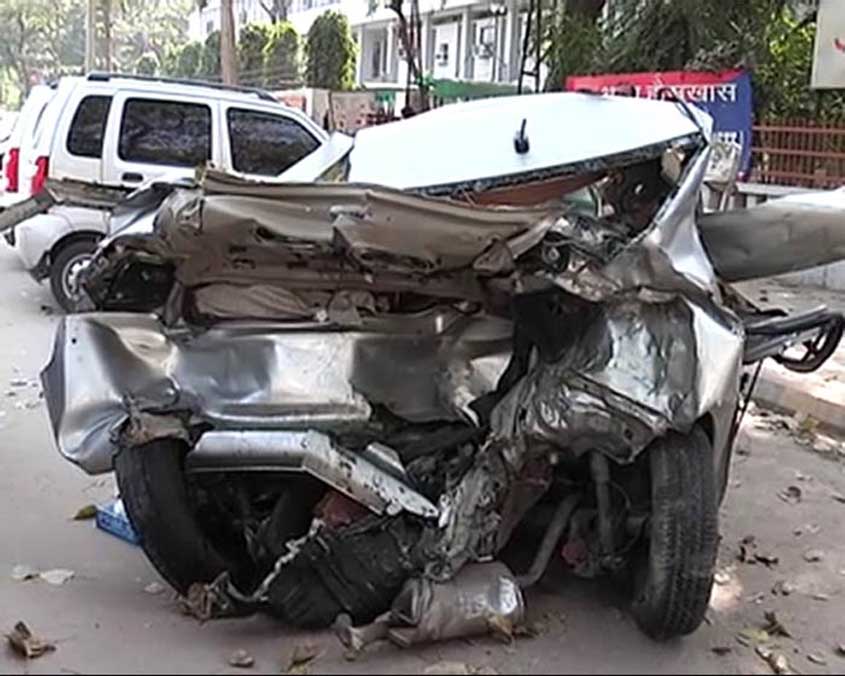If you are travelling on an Indian highway, you should know how to save a road accident victim because India doesn’t have trauma legislation in place yet. One person dies from road accidents every 3.6 minutes and the total number of annual trauma fatalities has gone up to 1,50,000 because of poor trauma care facilities. Earlier this week, a United Nations study conducted by the UN Economic and Social Commission for Asia and Pacific revealed that India takes an annual 3% GDP hit because of road accidents. With the rising number of trauma fatality cases, The Sunday Guardian took a look at how badly India is faring to improve its trauma care system and how trauma legislation can save people.
Dr. Amit Gupta, Professor, Division of Trauma Surgery & Critical Care J.P.N. Apex Trauma Center, All India Institute of Medical Sciences, explained, “The Road Traffic Injuries (RTI) reflect only about 40-45% of the trauma burden on the country and represents the tip of the iceberg. The National Crime Records Bureau (NCRB) data shows about 400,000 “injury” related deaths last year. The other major causes of injuries include unintentional falls, assaults and interpersonal violence, intentional self-harm, railway track accidents, agricultural injuries, workplace injuries (especially construction sites, heavy industries etc.). In addition, there is also a tremendous burden of natural and manmade disasters, terrorist attacks and low intensity internal conflicts. Therefore, in India, injuries have become a major public health problem.”
In India, except for Gujarat, there is no state which has enacted the Emergency Medical Services Act. Dr K.W. Deoras, chairman, Indian Medical Association, said, “It is no secret that India lacks a complete trauma care system. While we do need more facilities to upgrade our trauma care system, apart from skilled manpower in hospitals, the people who are the first ones to deal with a trauma case should be imparted basic knowledge of treatment.” Dr. Gupta said, “Trauma legislation will ensure expansion of facilities and help in decreasing the fatality rate of preventable deaths.”

